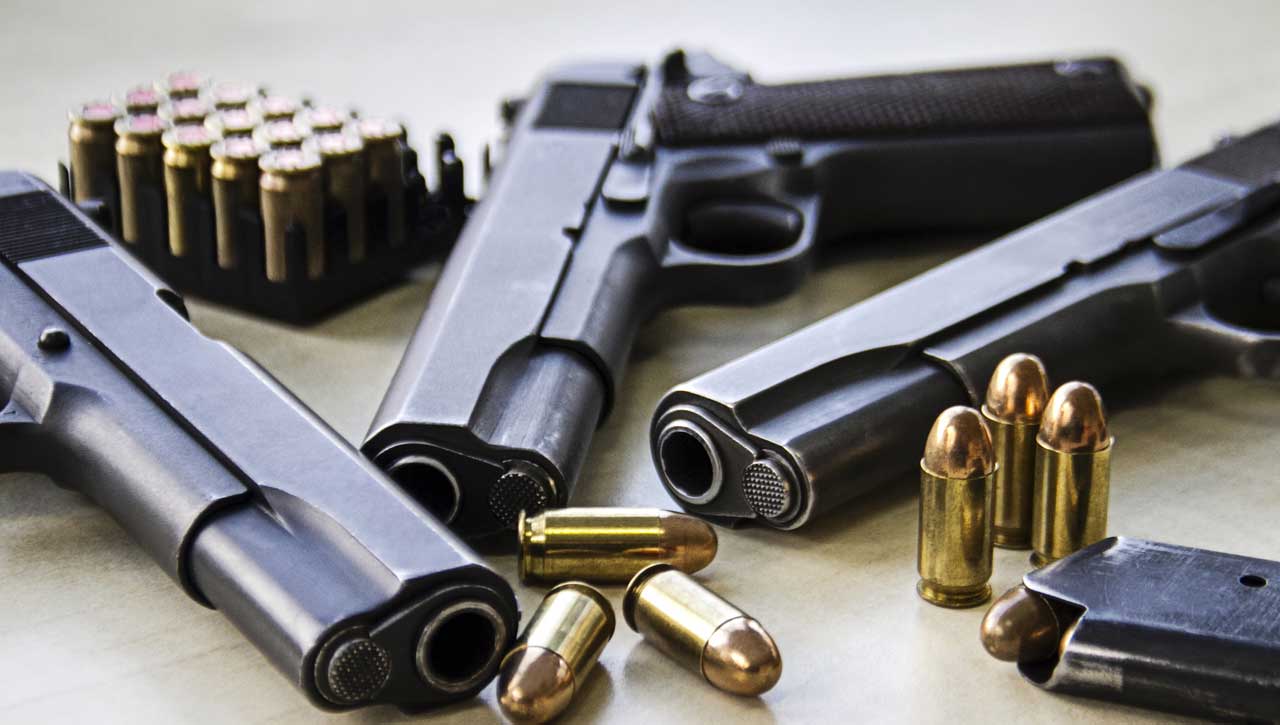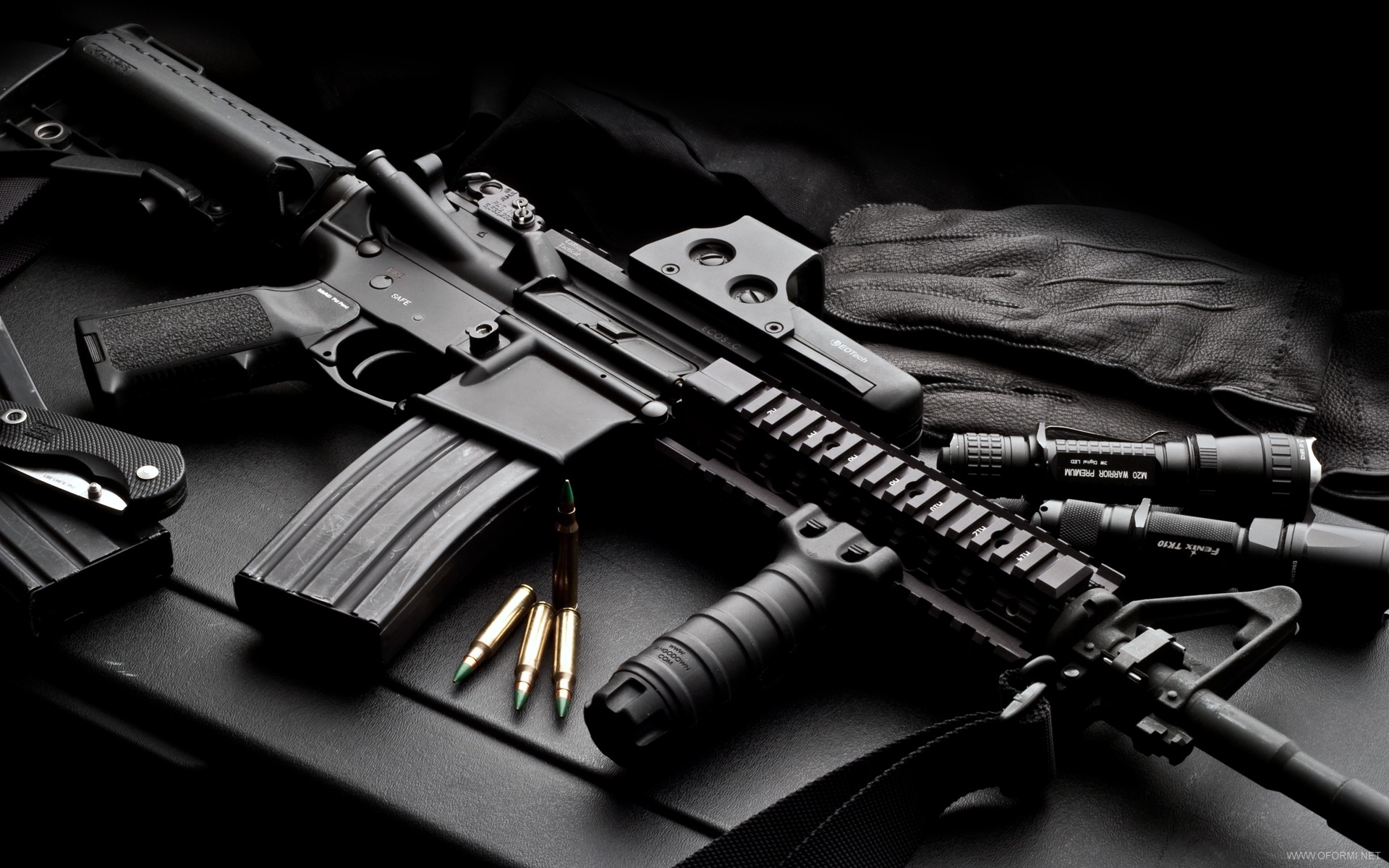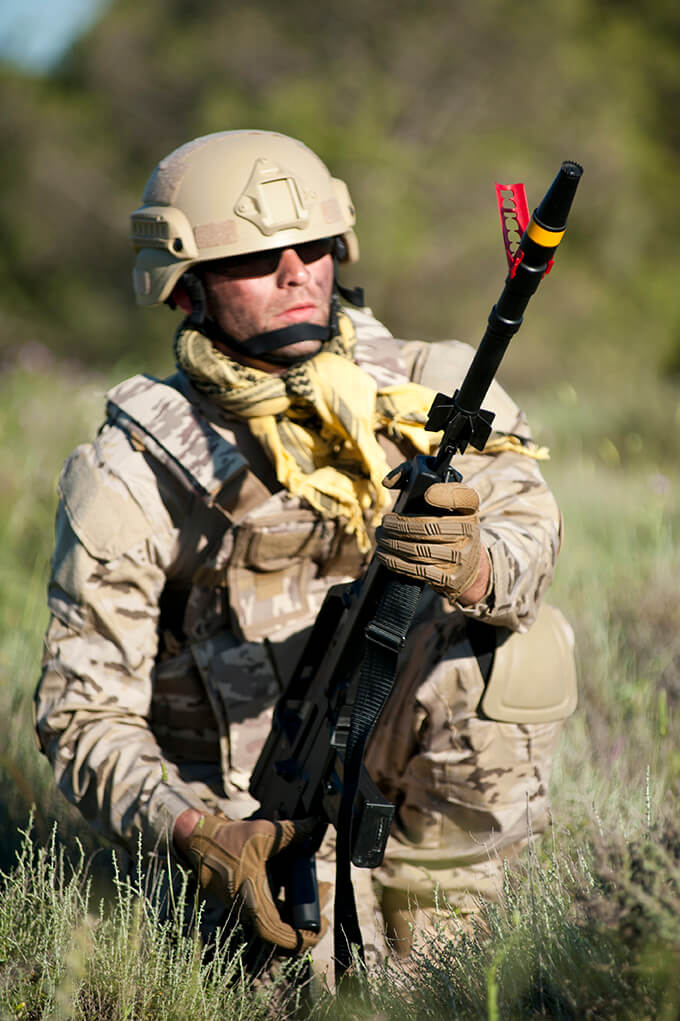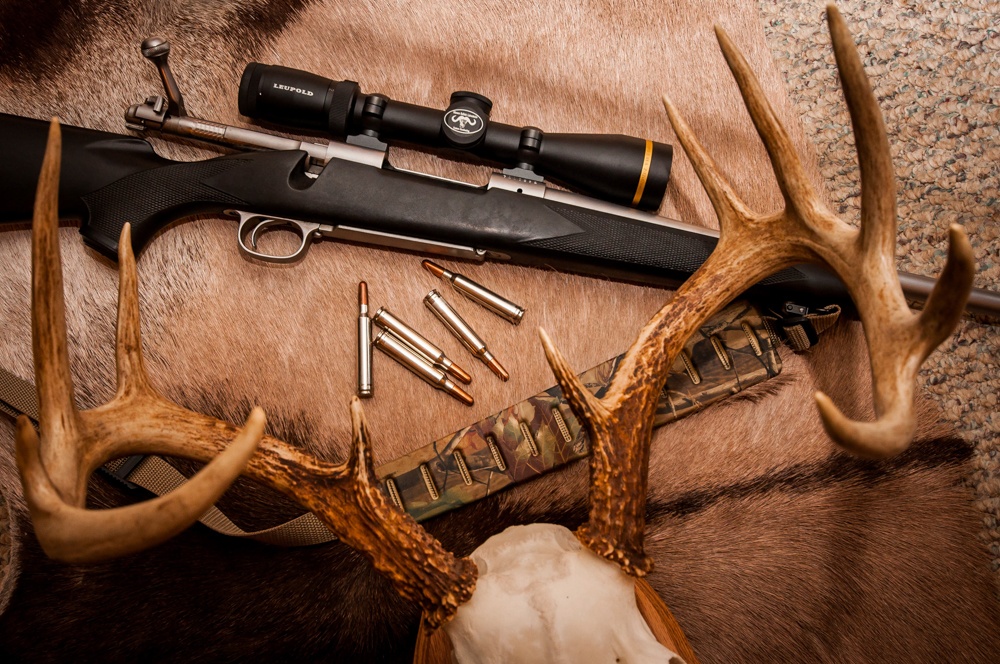Firearms legislation and market in Germany

Data collected in 2009 reported that there could be as many as up to 45 million guns within the country, either legally or illegally (in 2015 it was discovered that one gentleman had not only a World War II era 88mm Flak Cannon but also a Panzerkampfenwagen V, or Panther Tank, on his property, so anything is possible). Germany’s National Gun registry, which was not introduced until 2012 could only account for about 5.5 million firearms in use by 1.4 million licensed individuals: the overwhelming majority of which are in sport shooting clubs: possession of firearms for self defense is prohibited by law. And Germany has one of the lowest crime rates in the Europe. While concerns are raised by nationalists of foreign crime gangs, they continue to remain non violent for the most part – in so far as records that are reported.
Private ownership requires a state license (Waffenbesitzkarte or WBK) for each weapon purchased allowing sport use on private property with the owner’s consent. Weapons can only be transported unloaded and locked. Owners must also obtain insurance and a weapons locker. Again, the costs of which tend to make participation in shooting sports reserved for the well to do.
Criteria under the restored law for obtaining the weapons card include being over 18, proven trustworthy (no criminal record), proving expert knowledge of firearms safety and also proving a necessity which did not include self defense. Inheritors of firearms could acquire a card without proving expert knowledge, but could not acquire ammunition without the card.
The 2002 amendment increased the age requirement to 25 under the necessities of competition shooters and hunters. It also introduced the requirement of a psychological evaluation. The 2009 amendment introduced the right of the government to conduct routine verifications of safe storage of firearms in the household. While challenged under the inviolability of the home as guaranteed under Article 3 of the German constitution, to date, that right is considered essentially voluntarily voided by applying for and receiving the weapons card.
There are three justifiable necessities making a weapons card acquisition permissible. The first is collector, and one can obtain either a Green or Yellow License. The latter allows the member of a shooting club that is part of an association to purchase any number of single shot, bolt action or lever action long guns and any number of single shot pistols without having to prove necessity: just being a member of the club is sufficient.
The Green License allows the user to purchase up to two handguns and three semi automatic rifles that are compliant with club rules. Shooters must have each weapon approved before hand and prove competency and need from the club stating that the shooter participates in a sport that requires said weapon. Other weapons may be acquired for both license, but no more than two in a six month period. The second permissible necessity for a firearms card is hunting: persons who have passed the German hunter’s exam and purchased a hunter’s license may purchase any number of long guns approved for hunting by the state (full and many semi-automatic weapons are prohibited). Additionally, two handguns may be purchased, with others possible later, with pre-approval.
The third acceptable necessity, and perhaps the most interesting, is the collector’s, or Red License. This license allows purchase of all types of weapons besides those that are forbidden (fully automatic and other “weapons of war”). Besides that, all weapons within a stated theme are fair game. Before being issued a Red License, the purchaser must explain the theme to the state, and is limited within that theme, for example, World War II weapons, or products of Beretta. Etc.
Self defense is not an acceptable necessity.
Antiques (defined as made before 1871) not requiring a license. However, the license is required to buy black powder. Carrying licenses (waffenschein)are only permitted to police and military personnel, yet this too is strictly controlled, especially as regard to ammunition. A “small weapons” carry permit is obtainable, allowing those issued one to carry gas pistols or flare guns. These are not restricted for purchase, only for carrying on public grounds.
Interestingly, suppressors are not regulated in the same way as, for example, in the US: German law assigns the restriction to the weapon: if the suppressor fits on a legal firearm, the suppressor is also legal. Yet airsoft guns are often treated the same as real firearms, especially when in public.
Magazine capacity for firearms in use is limited to 10 round capacity. However, high capacity magazines are not illegal to own or even buy, as long as they are not actually used.
Suffice it to say, Germany has some interesting intricacies to its firearms laws, but opportunities to participate in the shooting sports and collectibles are offered here that are otherwise difficult if not impossible elsewhere.
We have made www.AmmoTerra.com make the firearms market more open for both manufacturers and dealers.
Don’t wait for the next exhibition, we invite you to register your company on our website. We will make it easier for you to find new dealers!



